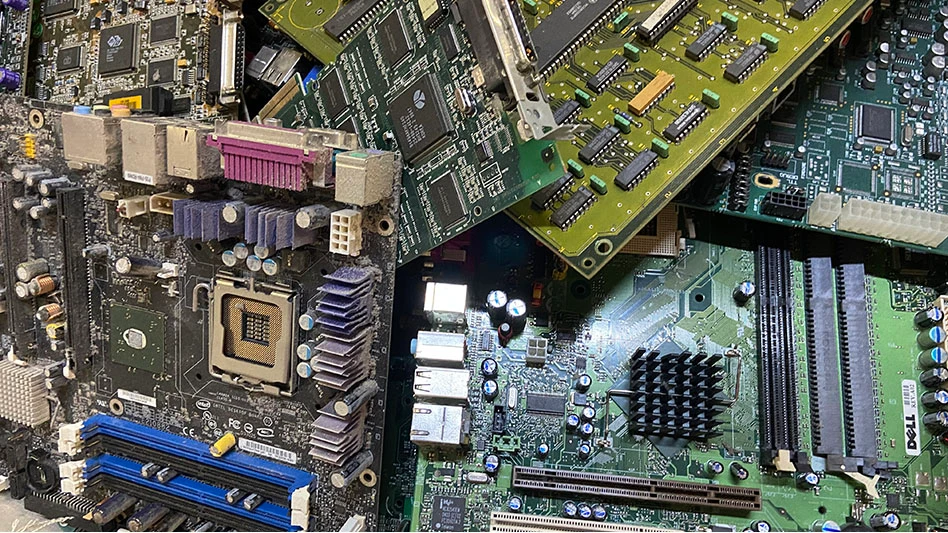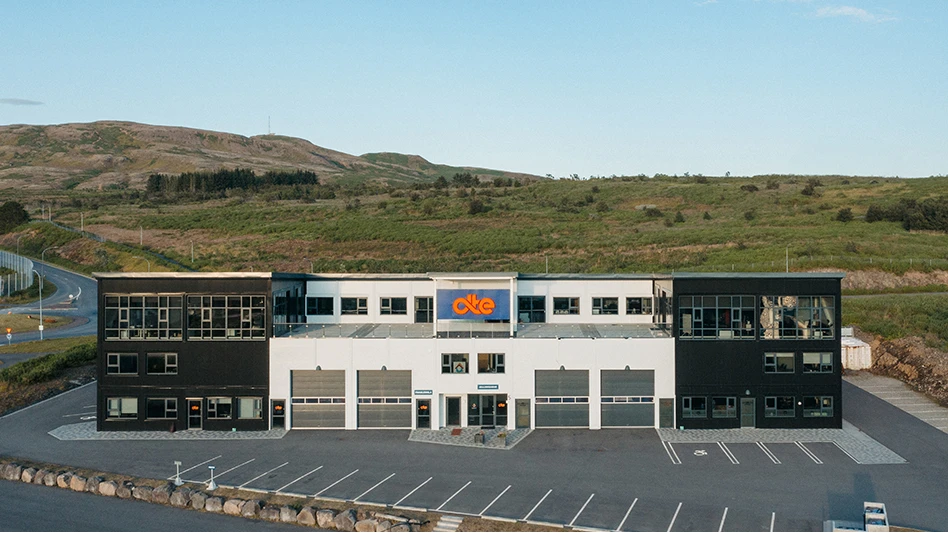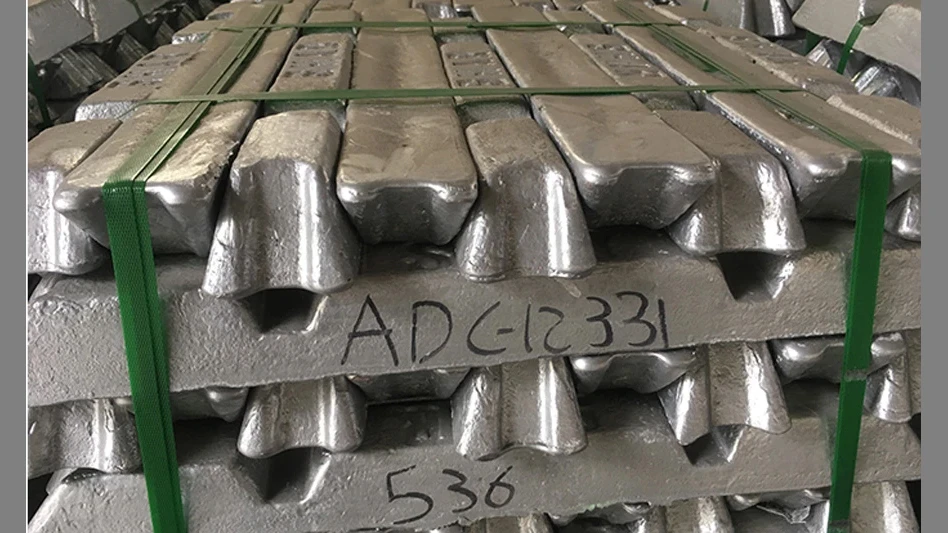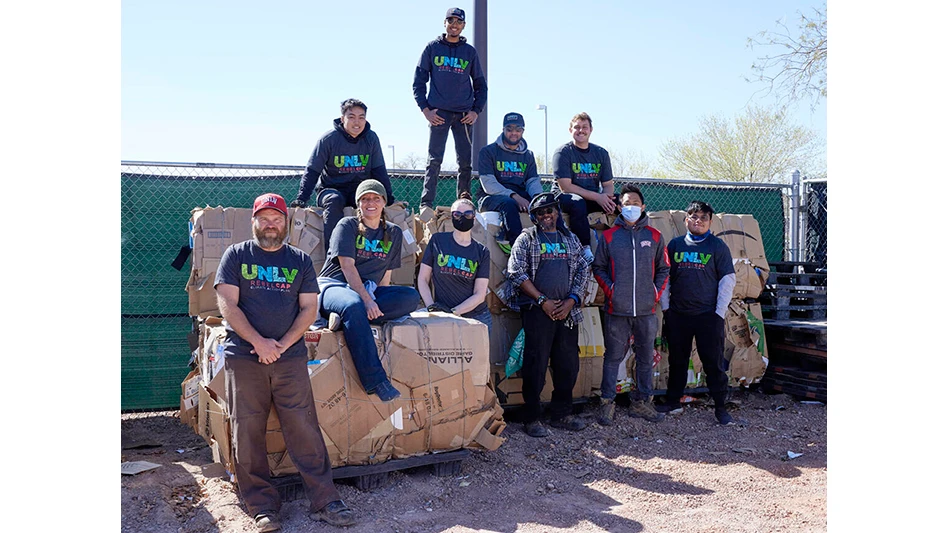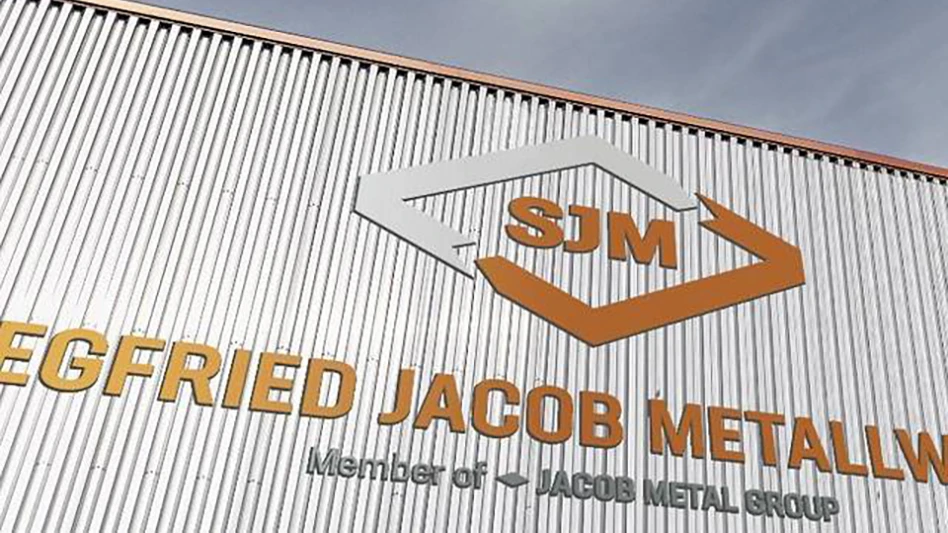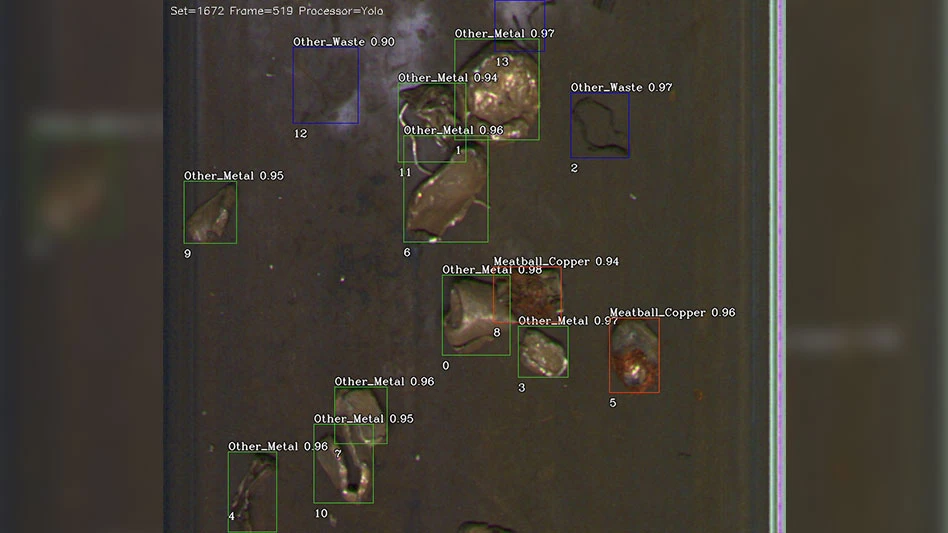
Andrey | stock.adobe.com
The Materials Recovery for the Future (MRFF) consortium earlier this month released its final report on a pilot curbside recycling program for flexible plastic packaging (FPP)—the culmination of a two-year project that looked to aid further scaling of results and increase recycling of a predominantly landfilled material.
The report’s primary finding concludes that curbside recycling of FPP is practical and economically feasible.
RELATED: Creating opportunities for film plastics
“Plastic films and wraps are lightweight, thin and effective at preserving food and protecting packaged goods with little material,” says Shari Jackson, director of plastics sustainability at the American Chemistry Council. “Curbside recycling of plastic films should be easy for consumers in order to improve recycling rates.”
MRFF is an initiative of the Washington-based American Chemistry Council’s Foundation for Chemistry Research and Initiatives and is managed by Resource Recycling Solutions (RRS), Ann Arbor, Michigan.
The pilot program spanned a two-year period from August 2020 to the end of 2022 and the research was performed in partnership with the TotalRecycle material recovery facility (MRF) in Birdsboro, Pennsylvania, operated by J.P. Mascaro & Sons.
According to the findings, the TotalRecycle MRF has diverted more than 2.7 million pounds of FPP from landfill as a result of the curbside recycling program. While RRS says numerous end markets tested the mixed FPP bales (also known as rFlex) produced by TotalRecycle, the primary market has been roof coverboard in place of gypsum drywall and, the company adds, notable results also were obtained in trials to reprocess rFlex into blown film.
“There’s a significant opportunity for MRFs, flexible packaging manufacturers and the paper industry to work together on equipment upgrades to increase the quantity and quality of PCR [postconsumer recycled] supply for postconsumer recycled content products,” says Susan Graff, vice president of global corporate sustainability at RRS.
RELATED: Amp Robotics developing AI solution to improve film, flexible packaging recovery
Previous reports provided results of automated MRF sorting technologies—the pilot stage of the project—and end-market testing. During this initial phase in 2019, MRFF project sponsors funded purchase and installation of the equipment specification provided by RRS, and the solution proposed by Norwalk, Connecticut-based Van Dyk Recycling Solutions (VDRS) was selected.
VDRS installed optical sorters on each of the MRF’s three fiber lines to eject FPP from fiber, using a wide build to allow them to eject material across an entire fiber belt and work at high speeds with material spread out. A fourth optical sorter cleaned up the resulting FPP stream by ejecting the remaining fiber after the three lines converged and a flex/rigid separator was installed to separate rigid items from the FPP stream.
The most recent report includes an update to previously explored end-market opportunities for rFlex, including roof coverboard and subflooring, wall board, resin aggregate from concrete, blown films and feedstock for PCR plastic production through pyrolysis. RRS says the results show reductions in greenhouse gas emissions often more than 25 percent with the use of rFlex compared with products made with virgin materials.
According to Graff, the MRF had to figure out how to solve the challenge of moisture when sorting film from paper. "Film plastic clings to wet cardboard," she says. "TotalRecycle's planned operational expansion mitigated this problem, ensuring all recyclables were covered and processed more quickly. Also flexible packaging (chip bags, resealable pouches, spouted baby food pouches, etc.) comes in all different sizes. RFID testing and optical sorter tuning was needed to measure and improve automated sorting of flexibles from paper."
However, the lack of curbside collection carts remains the most significant infrastructure gap in collecting FPP while increasing the use of collection best practices for all curbside recyclables, the report says. J.P. Mascaro & Sons processes recyclables from an area of approximately 300,000 households, but the 59,556 households in pilot communities represent only those that utilize lidded carts. RSS estimates an $11 million investment is needed to provide carts to the remaining communities in the TotalRecycle service area, and says large MRFs like TotalRecycle that invest in FPP sorting and recycling should receive priority funding to achieve increased diversion and PCR supply.
RRS also recommends long-term feedstock supply agreements between MRFs and end markets as the best approach to justify investments in MRF technology and automated technology to improve sorting “which has direct economic returns for the MRF.”
TotalRecycle MRF General Manager Jeff Furmanchin says the positive impacts of the FPP system on MRF fiber production include automation in the face of low staffing levels, steady movement of mixed paper bales and consistent quality among paper bales despite accepting a new material from communities.
“FPP recycling has been commercialized by TotalRecycle and more communities will continue to add the service,” RRS concludes.
Graff adds that sponsoring organizations and the recycling industry also are using these findings to determine the best way to finance the necessary infrastructure to scale FPP recycling. She says supportive policy will also be needed, similar to what is seen in Europe, to increase supply and create stability for end-market development.
The full report can be found here.
Get curated news on YOUR industry.
Enter your email to receive our newsletters.
Latest from Recycling Today
- RMDAS prices portray November stability
- Toyota, GM announce plant investments
- Greenwave reports loss, seeks to maintain Nasdaq listing
- ERI, ReElement Technologies partnership targets rare earth elements
- Aduro Clean Technologies achieves third-party validation for its technology
- Sortera Technologies receives funding for Tennessee aluminum sorting facility
- EU official backs aluminum scrap export restrictions
- Midwest freight rail shippers to meet next January

